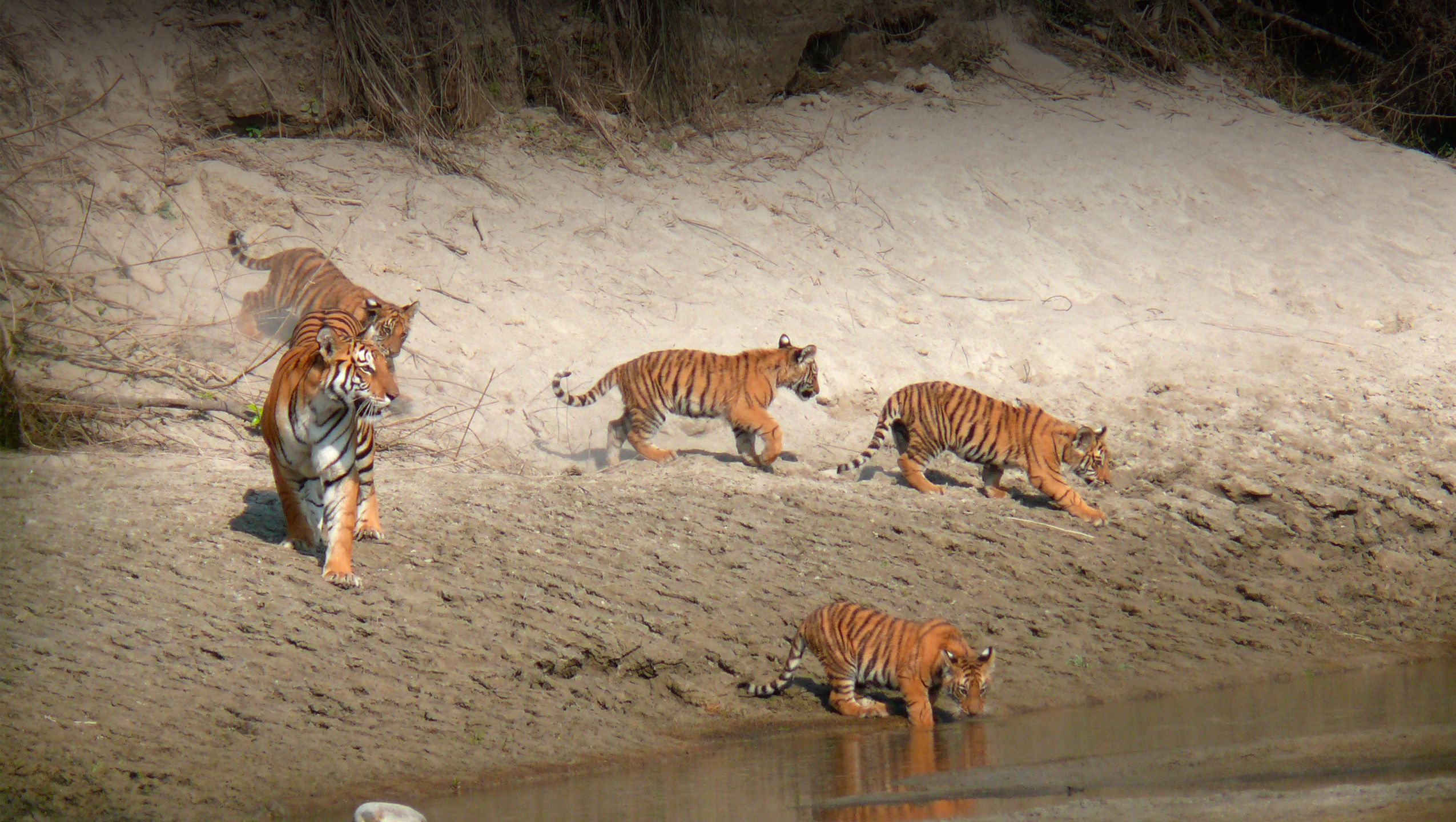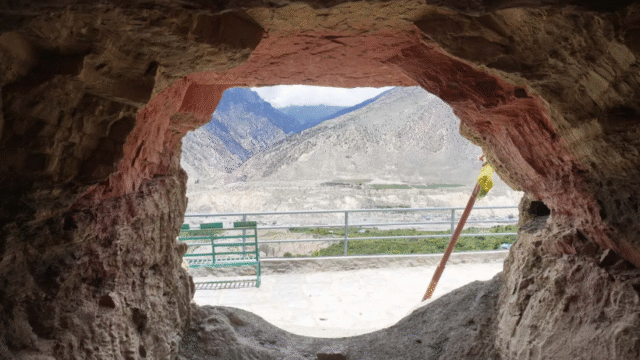Bardiya National Park, renowned for its rich biodiversity, has reported a significant rise in its tiger population, reaching approximately 125 individuals. This makes the park the second largest habitat for tigers in Nepal, after Chitwan National Park, which hosts around 128 tigers.
Since 2010, when the tiger population in Bardiya was just 18, the numbers have surged threefold by 2022, thanks to successful community-based conservation efforts. Mr. Purushottam Bagle, a conservation officer at the park, highlighted the success of these initiatives in a recent update. He also noted that tiger attacks in the park and surrounding areas have been minimal over the past two years.
In honor of Tiger Day, various programs have been organized under the theme “It’s Time to Take Action for Tiger Conservation.” These events aim to raise awareness about tiger protection and celebrate the achievements in wildlife conservation.
Mr. Bagle emphasized that ongoing efforts include managing tiger habitats, increasing community awareness, and installing infrastructure such as electric fences and concrete walls to prevent human-wildlife conflicts. Improved forest conservation has led to a notable increase in tiger sightings along the Khatta biological corridor and within forest areas.
Despite the positive trends, there have been incidents of human casualties due to tiger and leopard attacks in forest areas, with five reported deaths last year, according to senior officer Mr. Tank Gurung from the Division Forest Office, Bardiya. The office is actively working to reduce human-wildlife conflict by conducting various camps and implementing measures to prevent such incidents.
The Division Forest Office is committed to further reducing human-wildlife conflict through enhanced conservation strategies and community engagement. Continued efforts will be crucial in maintaining the balance between protecting wildlife and ensuring the safety of local communities.






